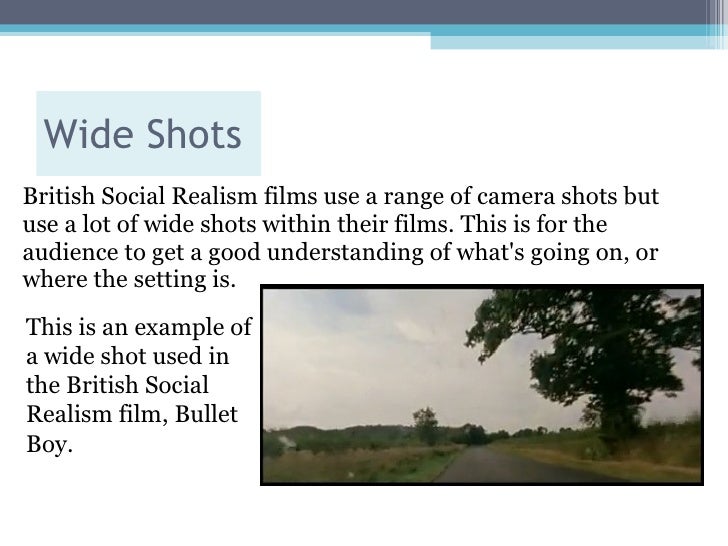Film 4 productions is a British film production company owned by Channel Four Television Corporation. The company was responsible for producing a large number of films in the UK. Channel Four Television Corporation is also a parent company to Channel 4, 4seven, E4, More4 and 4Music. Over the years, Film 4 productions have produced and distributed many films. They have also exhibited films such as the Film4 Summer screen at Somerset House. The BFI is a charitable organization established by Royal Charter to encourage the development of the arts of film, television and the moving image throughout the UK, to promote education about film and their impact on society, to promote access to and appreciation of the widest possible range of British and World cinema and develop collections reflecting the history and heritage of the UK. As well as it's work on films, the BFI also devotes a large amount of it's time to the preservation and study of British Television.
The BFI film fund are the largest public film fund in the UK. Each year they invest over £26m of lottery funds to support film development, production and distribution activity in the UK and the budget is set to rise to £30m by 2017.Film4's annual investment in developing and financing films is £15m. The aim of the company is to produce around 20 films per year. Film4 co-produce with other organizations most of the time in order to support the companies as well as gaining some profit.
One of the biggest successes of Film4, is the worldwide known film 'Slum dog Millionaire', which won the Academy Award for the Best Picture. The film was projected to cost $15m. The genre Film4 usually focus on is British Social Realism, which denote everyday struggles, however some films are hybrid films with a hint of horror in them.

Film4 Productions is based in England hence focusing on British Films, however there are some films that have been produced with other countires such as India and America. Again, like Slumdog Millionaire. The fact that the company base is in England connotes the target audience to be British people.
The Film4 Ethos is to develop new British talent and lead innovation in the British Film Industry. Also to invest around £500,00 per film at the rate of 20 films per year. They also aim to support independent film makers by co-investing in their films. Another ethos of Film4 is to offer a platform for British and Independent cinema on terrestrial television by committing to show each one of the Film4 Productions on TV.
Tessa Ross, Controller of film and drama at Channel 4 says that With Steve McQueen's '12 Years a Slave' receiving 10 nominations and so much recognition for British talent, this is certainly a proud moment for British film.
Steve McQueen himself thinks he has come a long way in his career
The
London Film Critics’ Circle first recognised Steve McQueen’s work in
2009, when his first Film4-backed film and feature debut, Hunger, was
nominated for five Critics’ Circle awards, winning British Actor of the
Year for Michael Fassbender’s performance, Breakthrough British
Filmmaker for Steve and British Film of the Year. Film4 went on to fund
and develop McQueen’s second feature, Shame, which was nominated by the
Critics’ Circle for four awards, winning British Actor of the Year for
Michael Fassbender’s performance. - See more at:
http://blog.film4.com/category/actors-and-actresses/#sthash.nyDSnMnK.dpuf
Tessa
Ross, Controller of Film and Drama at Channel 4, says: “With Steve
McQueen’s 12 Years a Slave receiving ten nominations and so much
recognition for British talent this is certainly a proud moment for
British film. Congratulations to all of our nominees, Film4 is
privileged to have supported them on their journey. The very best of
luck to everybody.” - See more at:
http://blog.film4.com/category/actors-and-actresses/#sthash.nyDSnMnK.dpuf




 Er
Er



































